Osteochondrosis is a medical term that describes a violation of the integrity of the cartilage surfaces of the bones. Most often, the disease is associated with damage to the intervertebral discs.
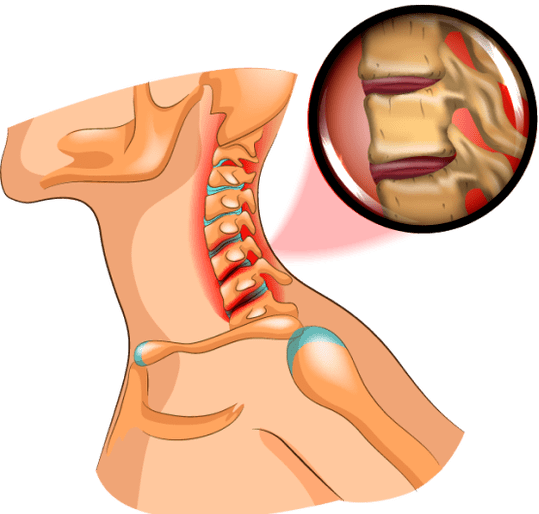
The intervertebral discs are a kind of shock absorbers that relieve the pressure on the spine under load. Osteochondrosis worsens the quality of life, causing pain in the back, neck, head, tinnitus.
There are two points of view regarding the diagnosis. Experts abroad attribute the disorder to childhood and adolescent diseases. It is believed to be more common in children as their bones are in a developing stage. Russian doctors diagnose osteochondrosis mainly in patients aged 25 to 55. The signs, causes and types of disease in both cases are the same.
How to define osteochondrosis?
- Are there persistent or recurring back pain or muscle tension?
- Do you have goosebumps in your lower back or neck?
- Do you feel "shooting" in the back?
- Do you feel pain when you raise your arms or shake your head to the side?
- Do you suffer from periodic dizziness?
- Do you have bouts of noise, nausea?
If at least one answer is yes, then it is worth contacting a specialist to conduct a study. If the diagnosis reveals a violation, the doctor will prescribe treatment and help protect you from the most severe and painful symptoms.
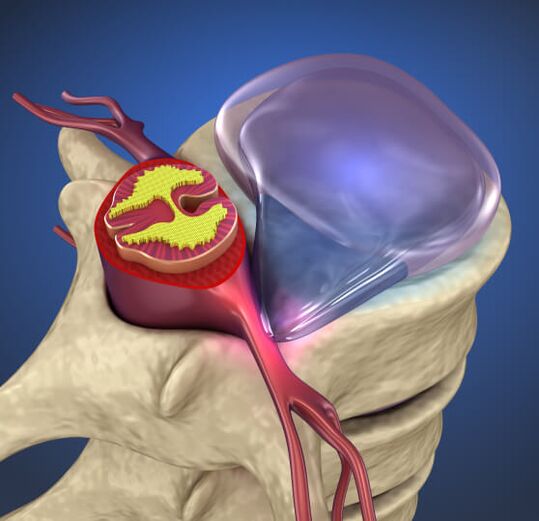
What causes osteochondrosis
The huge incidence of osteochondrosis is associated with people being upright most of the time. In this case, the spine and discs are subjected to greater stress. If sitting, lying down and standing incorrectly, the discs lose the ability to cushion.
Over time, the disc lining cracks and hernial protrusions appear. They begin to squeeze the blood vessels, the roots of the spinal cord or the brain itself. As a result, pains, reflected tension in the muscles appear.
The risk group includes middle-aged and elderly people. Office workers, professional drivers, tall people are often confronted with this disease. Risk factors for developing severe symptoms of a disorder can be:
- flat feet;
- heredity;
- overweight;
- hypodynamia.
The reasons for the appearance of disorders in the articular cartilage:
Handling of heavy loads.
Incorrect posture when sitting, standing or lying down.
Injuries, overload.
Excessive stress during sports.
High air humidity and low temperature.
Activities associated with frequent changes in body position.
Types of osteochondrosis
Osteochondrosis can develop anywhere in the spine. By localization, the disease is divided into: cervical, thoracic and lumbar. The latter type occurs in 50% of cases.
Lumbar osteochondrosis
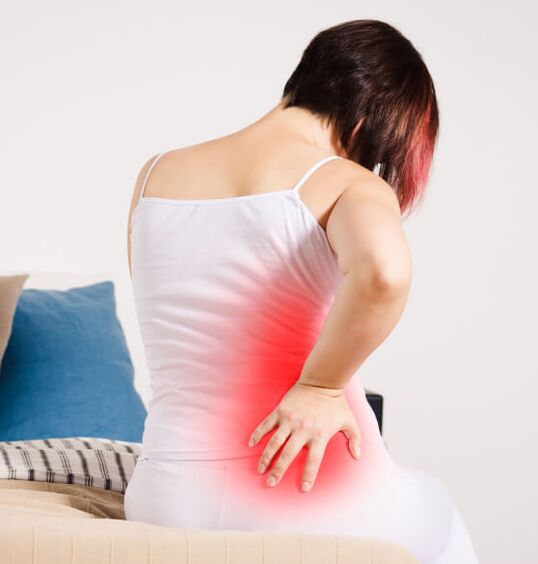
A similar diagnosis is made for both men and women. The reason for this is the increased load that appears when walking, running, exercising and sitting for a long time. The lumbar spine is composed of 5 vertebrae, between which there are discs that give elasticity. If the metabolic process does not occur, the intervertebral discs lose their properties and pain occurs.
Symptoms:
- Dull or sharp back pain that gets worse with movement.
- Pain in the legs, pelvic organs, sacral region.
- Reduced mobility or sensitivity.
- Atrophy of the leg muscles in the acute course of the disease.
Lumbar osteochondrosis must be treated. In the absence of therapy, dangerous complications can occur: sciatica, hernia, protrusion. As a result, the natural blood supply to the spinal cord is disrupted, which leads to paralysis of the lower extremities.
Cervical osteochondrosis
"Make sure you turn your head" - the doctors urge. In this way it is possible to avoid the dangerous diagnosis of osteochondrosis of the cervical spine. The neck is the most mobile part of the spine. The department consists of 7 vertebrae. The disease appears as a consequence of metabolic disorders in the body, in the presence of salts in the neck or due to the frequent uncomfortable position of the head.
Symptoms:
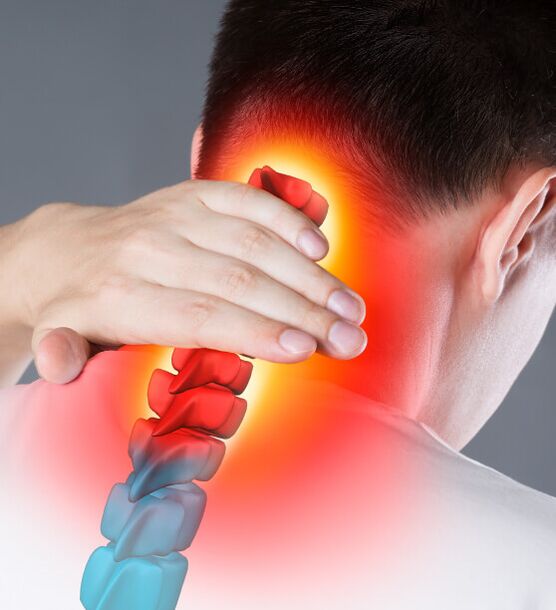
- Headache;
- Pain in the heart region
- Flashing "flies" in front of the eyes;
- Hearing problem;
- Crunch in the cervical spine;
- Pain in the arm or shoulder joint
- Numbness of the limbs.
Experts note that this type of disease is one of the most dangerous, because it can cause poor circulation in the brain, migraines, dystonia and more serious diseases.
Thoracic osteochondrosis
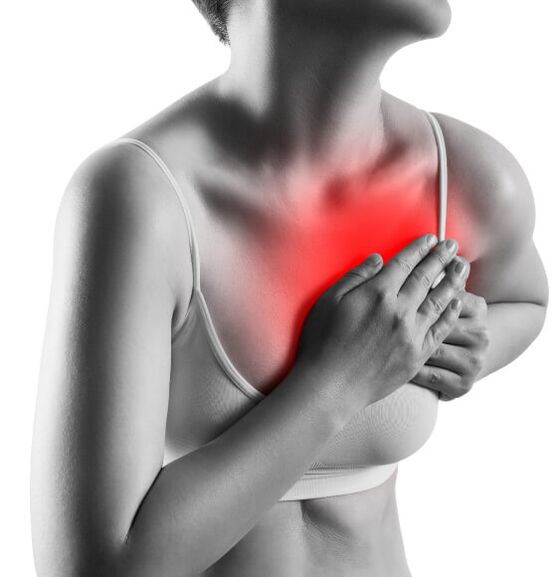
Disorders of the thoracic spine occur less frequently, as the vertebrae are inactive. The pains that appear in this area of the body are experienced by many people who are engaged in hard physical work or have a sedentary profession. The cause of osteochondrosis can be a disturbed metabolic process, an increase in the load on the intervertebral discs.
Symptoms:
- Pain or tightness in the chest area.
- Pain between the shoulder blades when raising the arms.
- Skin sensitivity disorders.
In an acute disorder, two symptoms can occur: back pain and back pain. The dorsago is accompanied by sharp chest pain, shortness of breath. With back pain, the pain in the region of the vertebrae of the department is not too strong, but gradually increases. The disease is often confused with other chest pathologies: heart attack, pneumonia, angina pectoris, etc. Diagnosis is made only by a specialist, on the basis of examination and research.
Stages of osteochondrosis
- In the first stage, there are no noticeable symptoms. With periodicity, there is discomfort in the spine, which is associated with fatigue or excessive physical exertion. The disease can be detected during a routine examination, X-ray, or CT scan.
- The second stage is accompanied by pain syndrome, as the process of destruction of cartilage tissue begins, and the space between the discs decreases. Pain at this stage is relieved by medications prescribed by a doctor.
- At the third stage, deformities of the spine begin: the fibrous ring is broken, an intervertebral hernia appears. With the help of properly prescribed treatment, it is still possible to improve the condition of the spine.
- The fourth stage is irreversible changes in the spine, in which it becomes difficult for a person to move. Bone tissue grows between the vertebrae, connecting the vertebrae. Most often, this form of osteochondrosis leads to disability.
Diagnostic methods
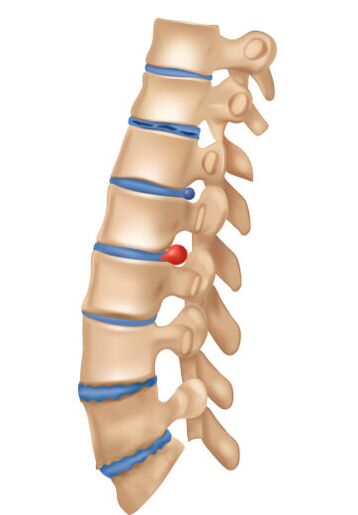
To determine the extent of the disease, to check for sensitivity and reflexes, the doctor performs a physical examination. In addition, blood and urine tests are performed, indicators of calcium metabolism are studied.
To make an accurate diagnosis, diagnostic methods are used:
- Vascular ultrasound. Determination of the degree of impaired blood flow in the vertebral arteries.
- Spinal X-ray.
- UKT. Construction of a three-dimensional image of the study area to detect small displacements of the vertebrae.
- UMRI. Soft tissue status study to assess the condition of the spinal cord and visualize the internal structure of the discs.
Treatment

Osteochondrosis is treated comprehensively. The main goal of therapy is to suppress painful sensations, eliminate muscle tension and stiffness of movements that appear due to pain. It is important not to self-medicate, but to consult a specialist and follow the recommendations.
To treat the spine, doctors prescribe non-steroidal anti-inflammatory drugs that help relieve inflammation and swelling. Muscle relaxants are responsible for reducing muscle spasms. Ointments are used to relieve pain. Antioxidants and vitamins can be prescribed to protect nerve tissue.
Prophylaxis
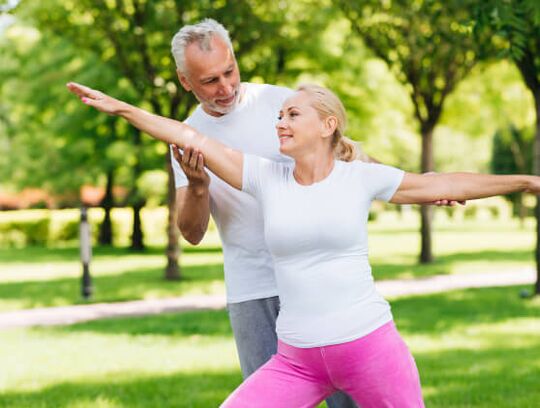
It is possible to preserve the health of the spine and prevent the appearance of symptoms or complications of osteochondrosis by adhering to prevention methods:
- drink enough water, control body weight;
- eat foods rich in collagen;
- selection of an orthopedic mattress that supports the body;
- regular exercise.
Alternative methods can be tried: acupuncture, qigong or massage. Before starting any procedure, consult a doctor to ensure the health of the musculoskeletal system.
























